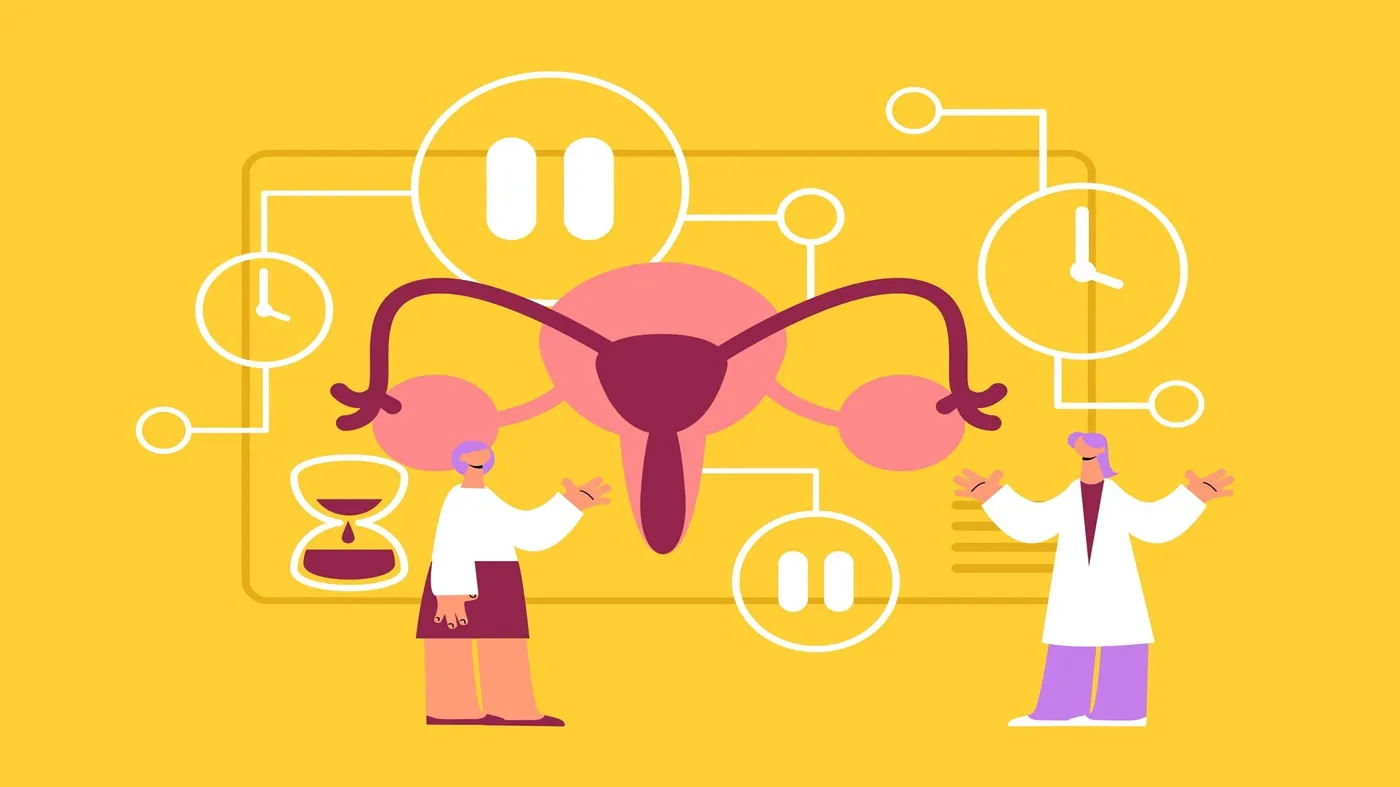
Endometriosis is often a condition accompanied by pain and is usually located within the pelvic region. It is rare for Endometriosis condition to spread beyond the reproductive structures like the fallopian tubes, ovaries, and pelvic tissue lining.
The purpose of this blog is to correct any false beliefs about the Endometriosis condition and illuminate how one can recognize its symptoms, understand its potential effects on fertility, and explore fertility treatment options for those affected by it.
What is Endometriosis?
Endometriosis occurs when tissue resembling the endometrium (which is the tissue that lines the inside of the uterus and is shed during menstruation if pregnancy does not occur) starts growing outside of the uterus. These abnormal growths can occur in various locations like the abdomen, bowels, or the fallopian tubes. This tissue behaves like the endometrial lining, growing and then attempting to shed in response to hormonal changes, similar to the menstrual cycle.
However, since this mislocated tissue is not within the uterus, it has no pathway to exit the body. Consequently, the tissue accumulates, causing inflammation, irritation, and often intense pain. The severity of Endometriosis condition is classified into four stages, from minimal disease (Stage 1) with few implanted nodules and no scarring, to the most severe form (Stage 4), which involves extensive tissue growth, potential large ovarian cysts known as endometriomas, and significant scarring that can affect the intestines, fallopian tubes, or ovaries.
What are the symptoms of Endometriosis condition?
Symptoms of Endometriosis condition often exacerbate during menstrual cycles, though they can vary widely among women. Some common signs include pelvic pain, increased pain during menstrual periods and sexual intercourse, difficulty with bowel movements or urination, heavy menstrual bleeding or bleeding between periods, fatigue, digestive issues like diarrhoea, bloating, constipation, low back pain, and increased menstrual cramping. While some women might experience only mild symptoms or none at all, others suffer from moderate to severe symptoms. If not addressed, endometriosis can lead to infertility.
What is the relation between Infertility and Endometriosis?
Regarding fertility, while endometriosis can affect a woman’s ability to conceive, many women with mild to moderate forms of the condition can still conceive naturally over time without any fertility treatments. However, more severe cases of endometriosis are often associated with difficulties in achieving pregnancy. Although the exact reasons are not entirely clear, it is known that scar tissue can create blockages in the fallopian tubes or cause distortions in the pelvic anatomy.
Fertility can also be hindered by an inflammatory response that adversely affects the processes of ovulation, fertilization, or the implantation of the embryo. The factors thought to contribute to infertility in women with endometriosis include the potential for tissue overgrowth to block the release or passage of eggs, the lowering of essential pregnancy hormones like human chorionic gonadotropin (hCG) hormone, and the production of substances by endometrial cysts that can decrease the number of ovarian follicles, which are necessary for the release of mature eggs.
How to treat Endometriosis-related infertility?
Regarding treatment, addressing infertility in women with endometriosis may involve removing tissue that is obstructing conception, utilizing assisted reproductive technologies, or a combination of both. While some treatments are aimed at relieving pain or managing symptoms, not all are suitable for women looking to conceive, as they might negatively impact a developing fetus or be unsuitable during attempts to get pregnant. For instance, while pain relief medications can alleviate discomfort from endometriosis, they are not typically recommended during pregnancy.
Likewise, hormone-based contraceptive pills are not a viable option for women attempting to conceive. Other fertility treatments for endometriosis are dependent on individual circumstances and the disease’s severity, such as laparoscopic surgery to remove abnormal tissue growth while preserving ovarian function, in vitro fertilization (IVF), or intrauterine insemination (IUI) coupled with fertility drugs. Surgical intervention can also help if painful intercourse is a significant obstacle to conception, and the procedure’s success rates vary based on the disease’s progression.
Concluding points:
Endometriosis is a chronic, idiopathic condition with no known cause and no cure at present. Nonetheless, effective management options are available, including medication, hormone therapy, and surgery, to alleviate symptoms and address fertility concerns. Symptoms of endometriosis generally improve after menopause. It’s crucial to consult a doctor promptly if endometriosis is suspected to get an accurate diagnosis and develop a tailored treatment plan.